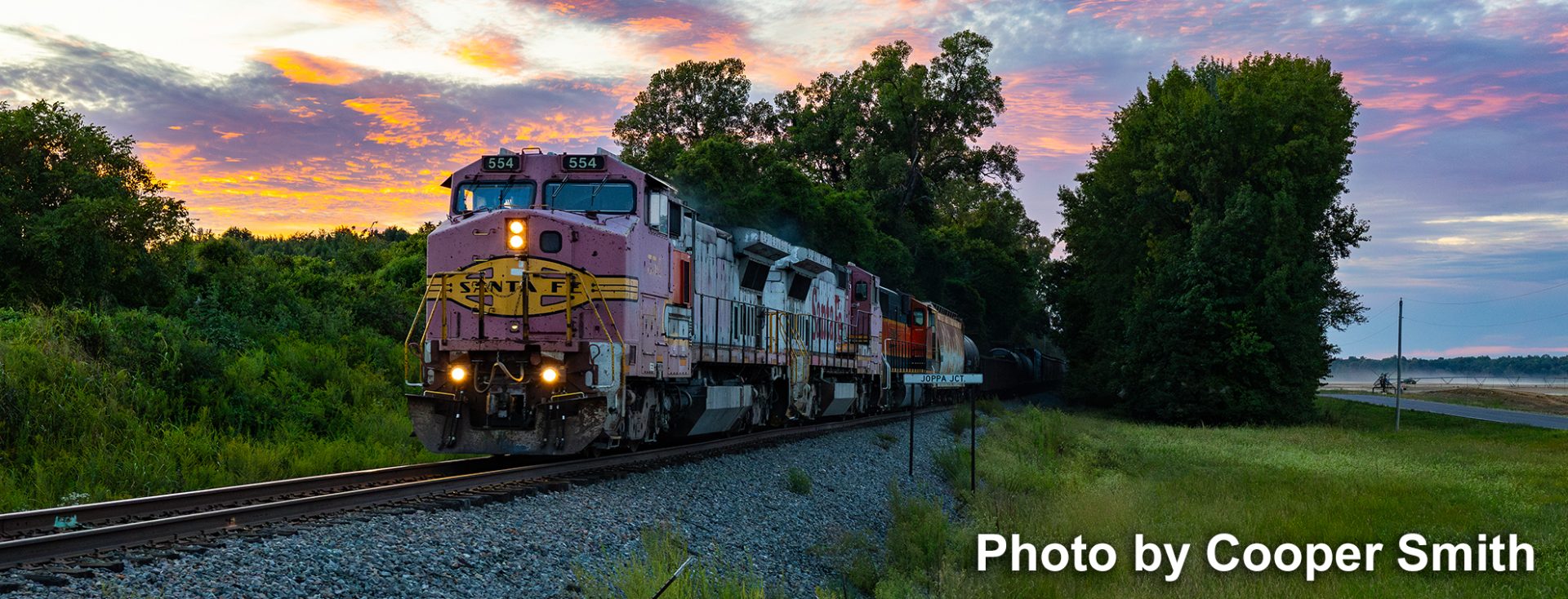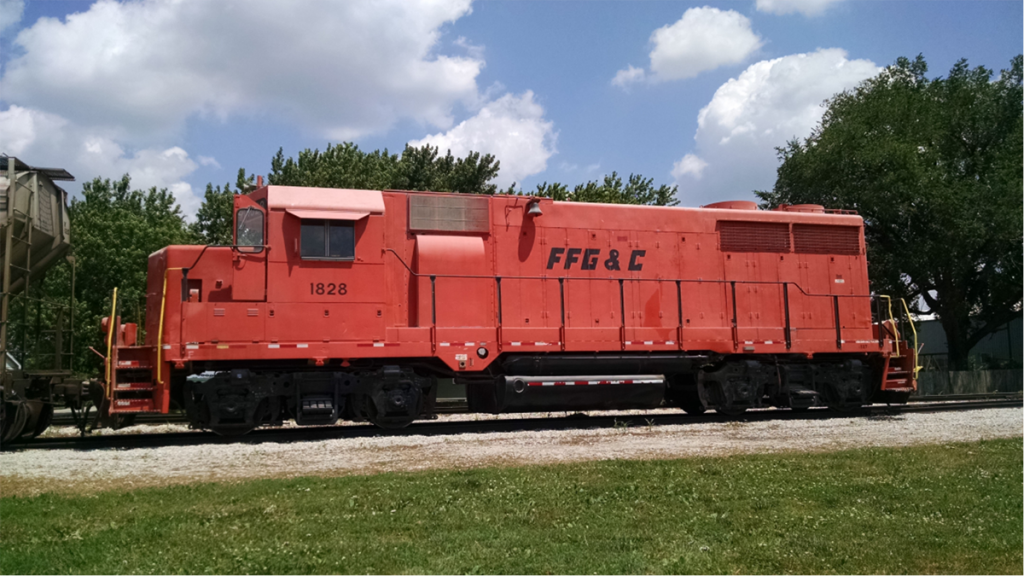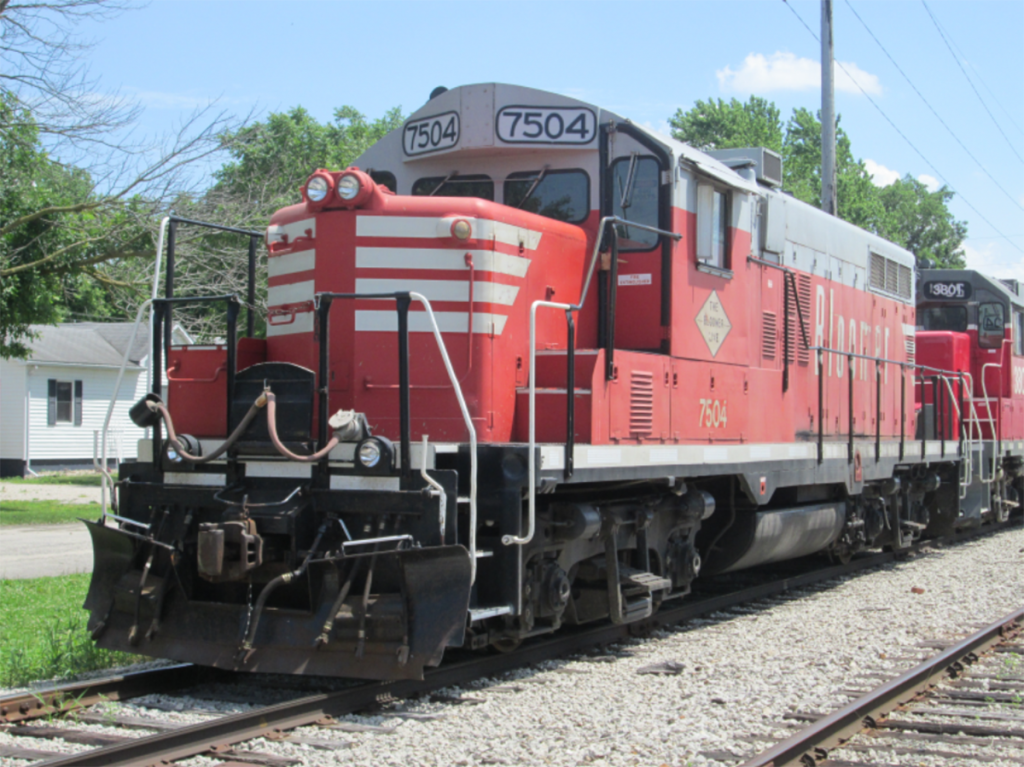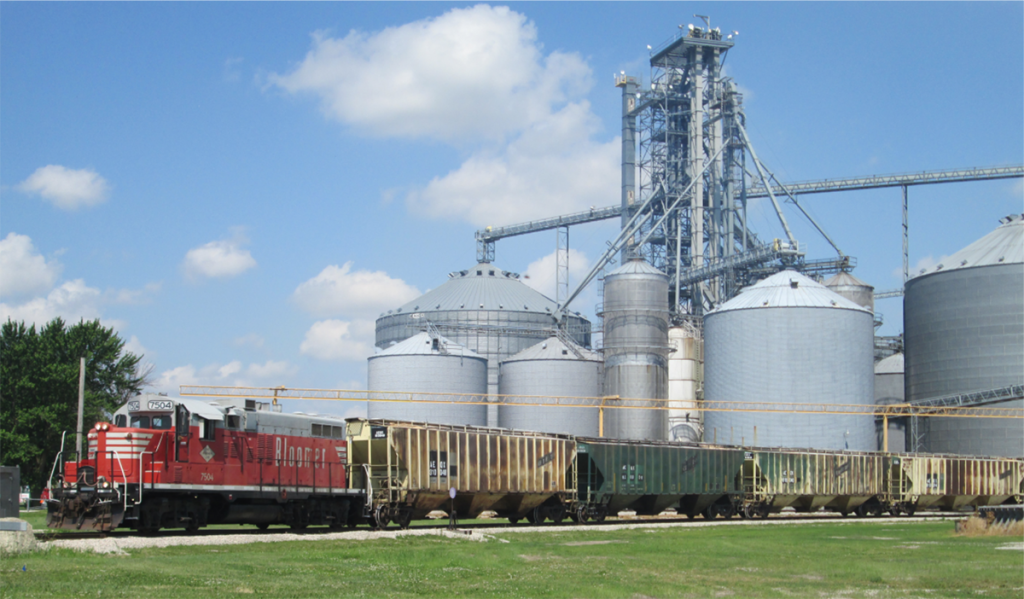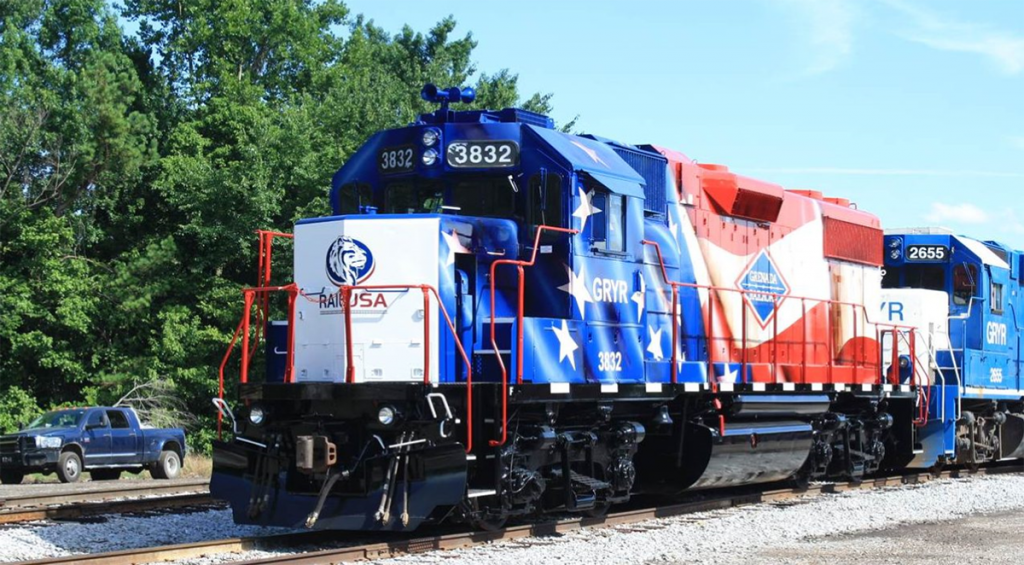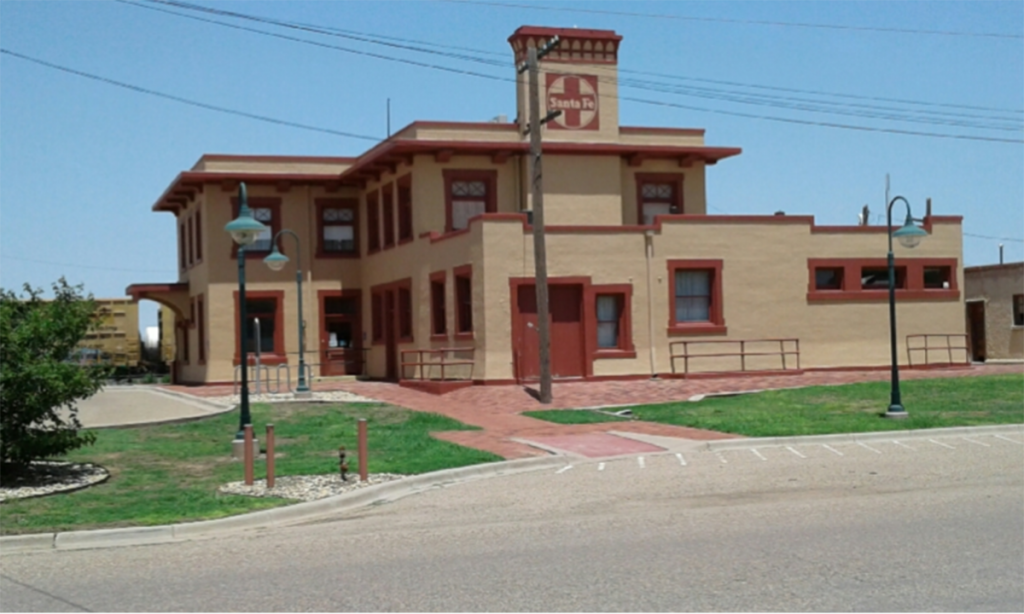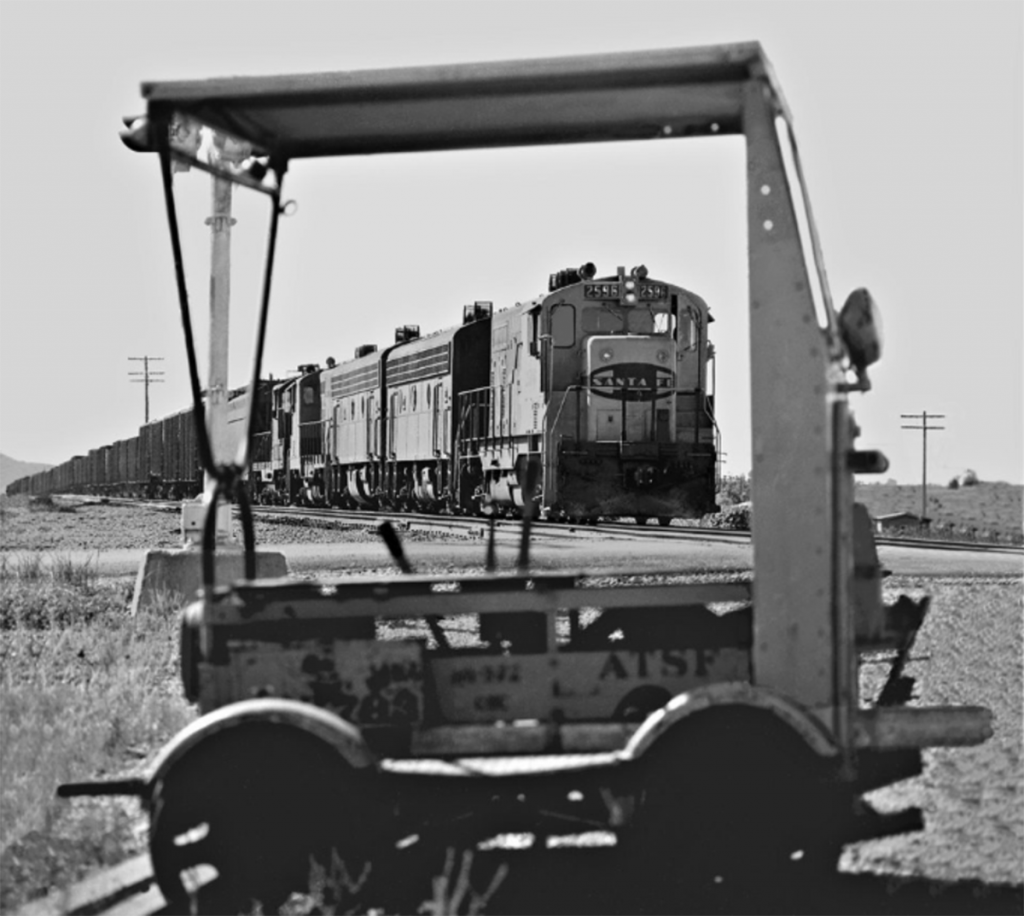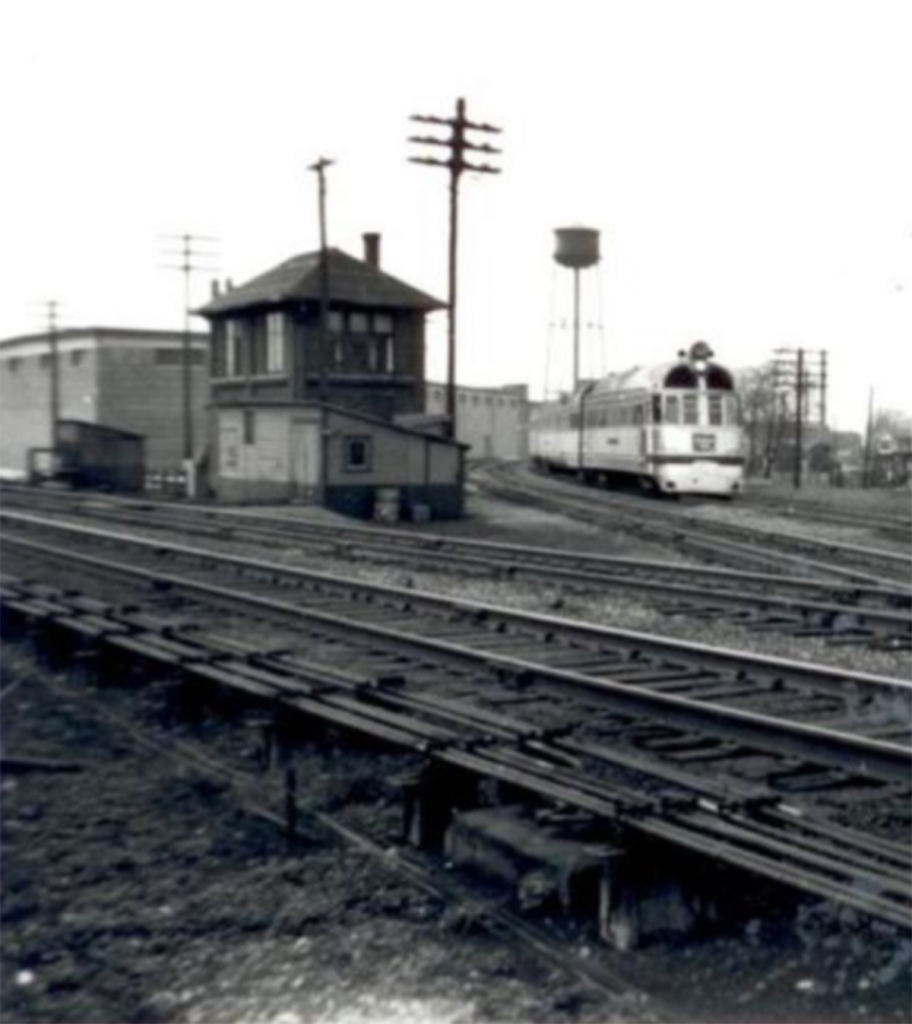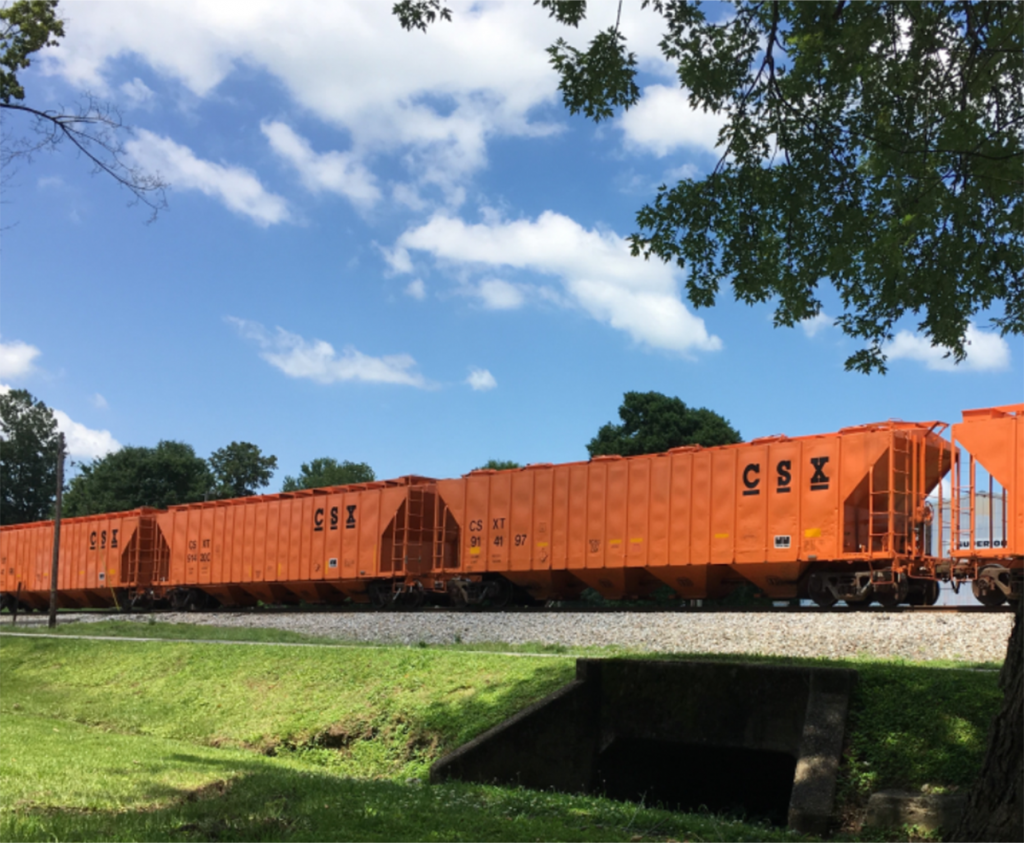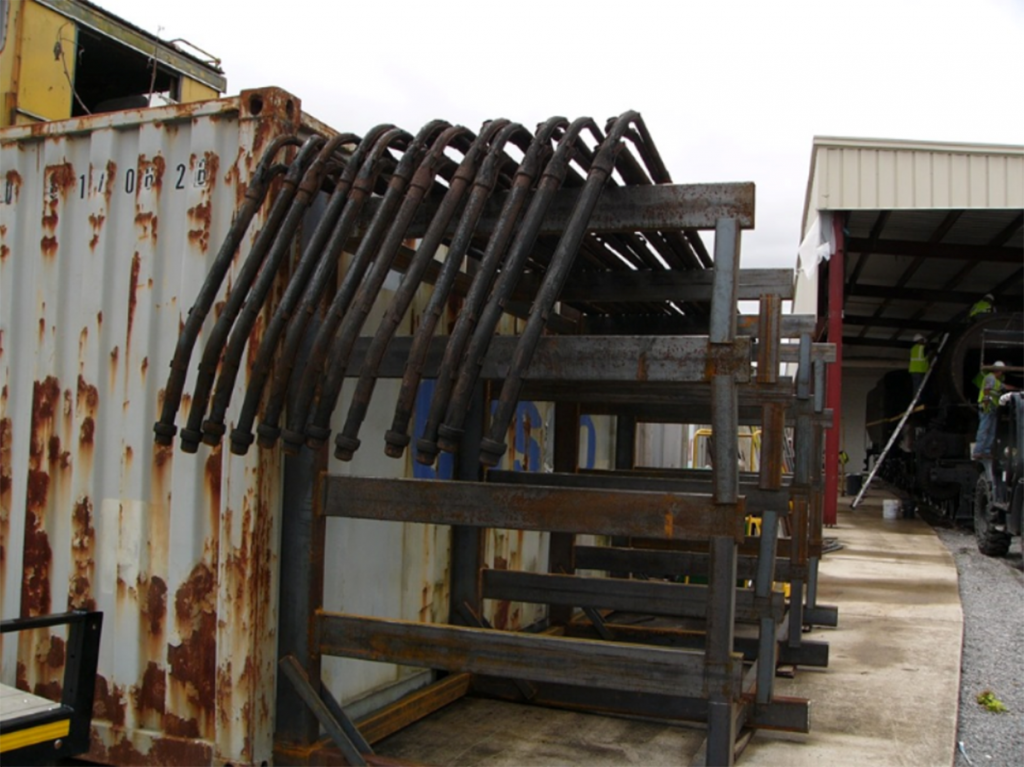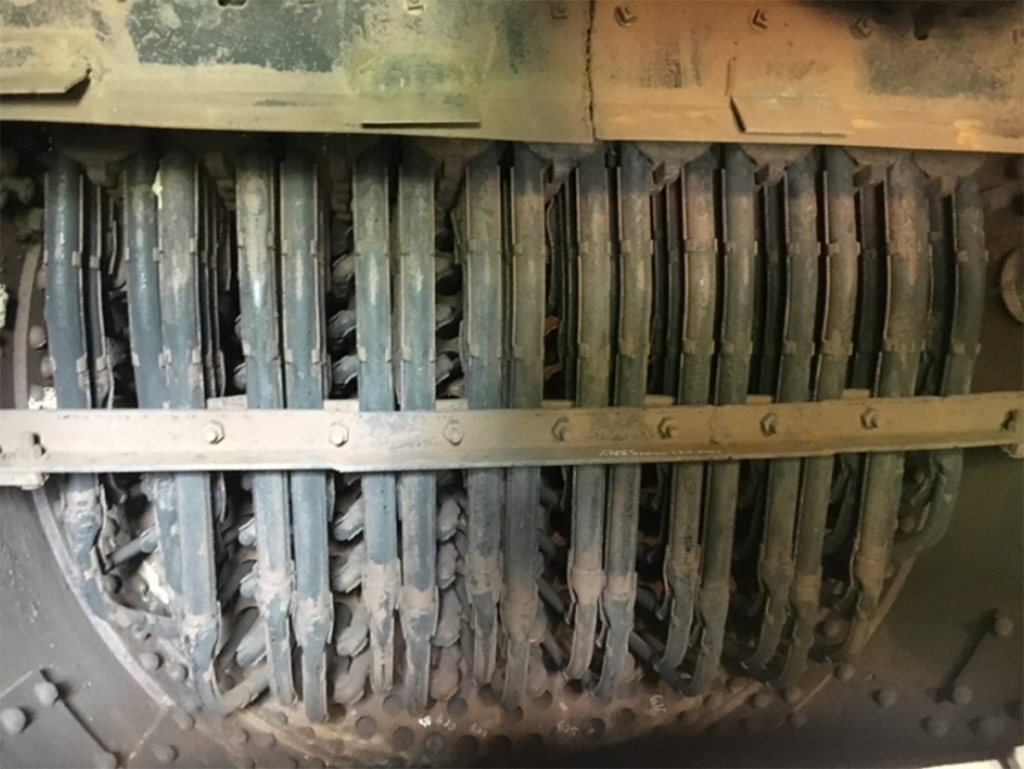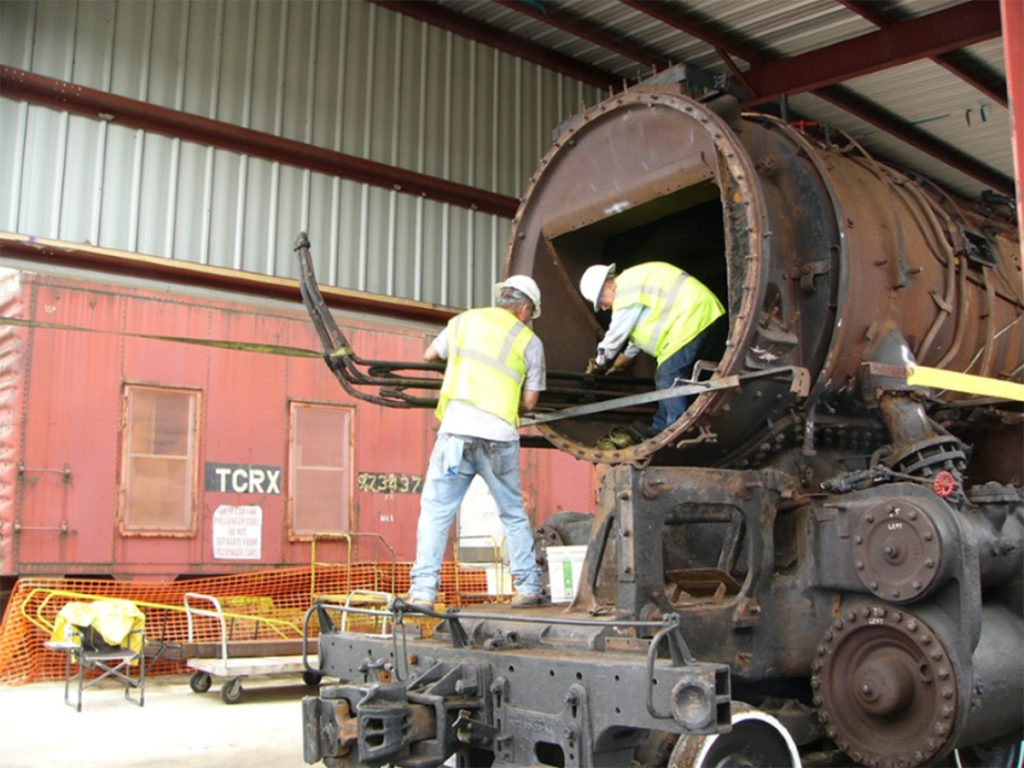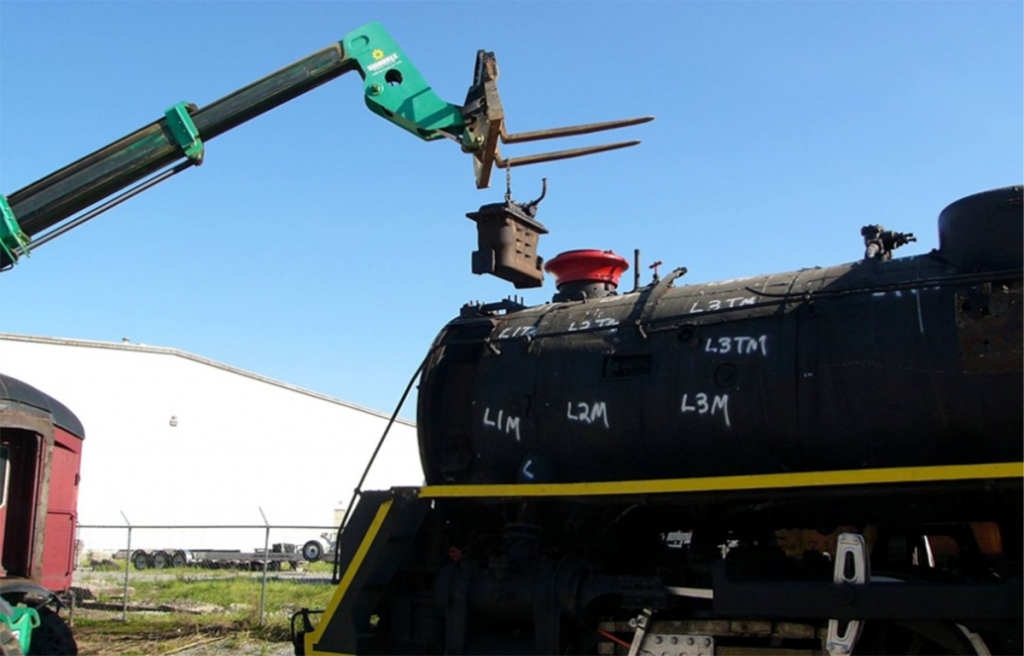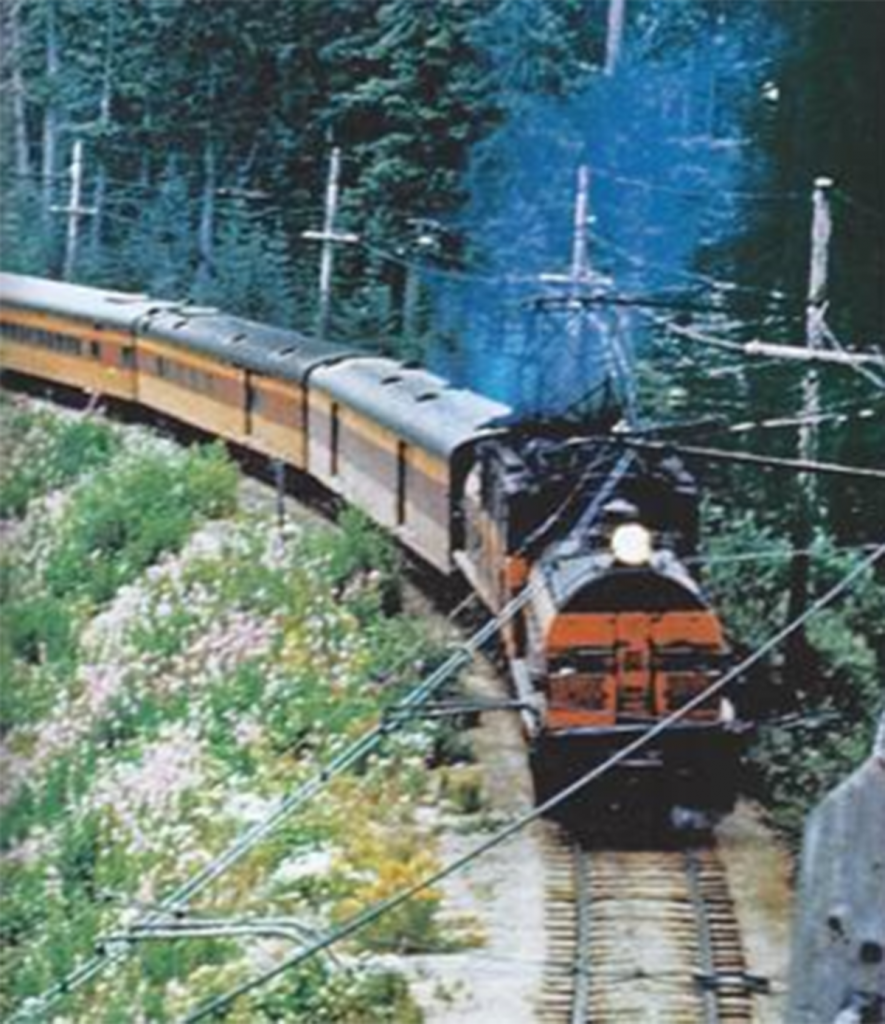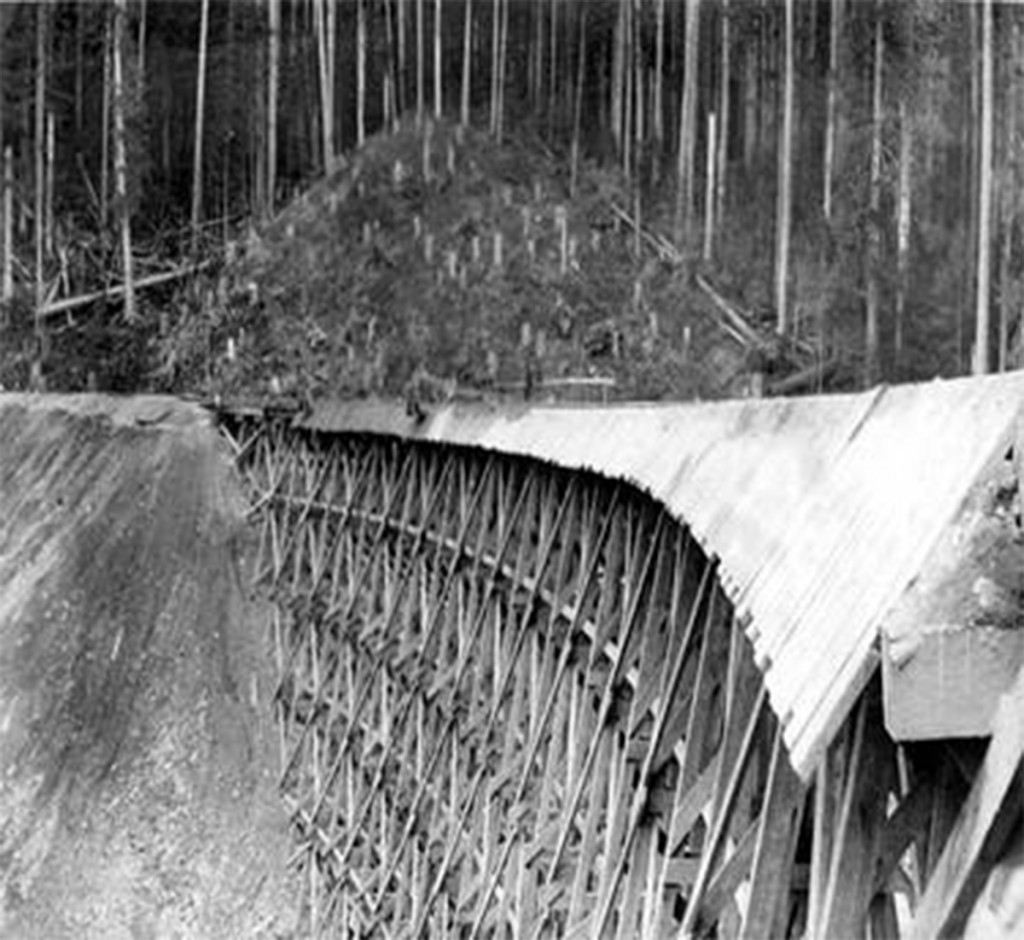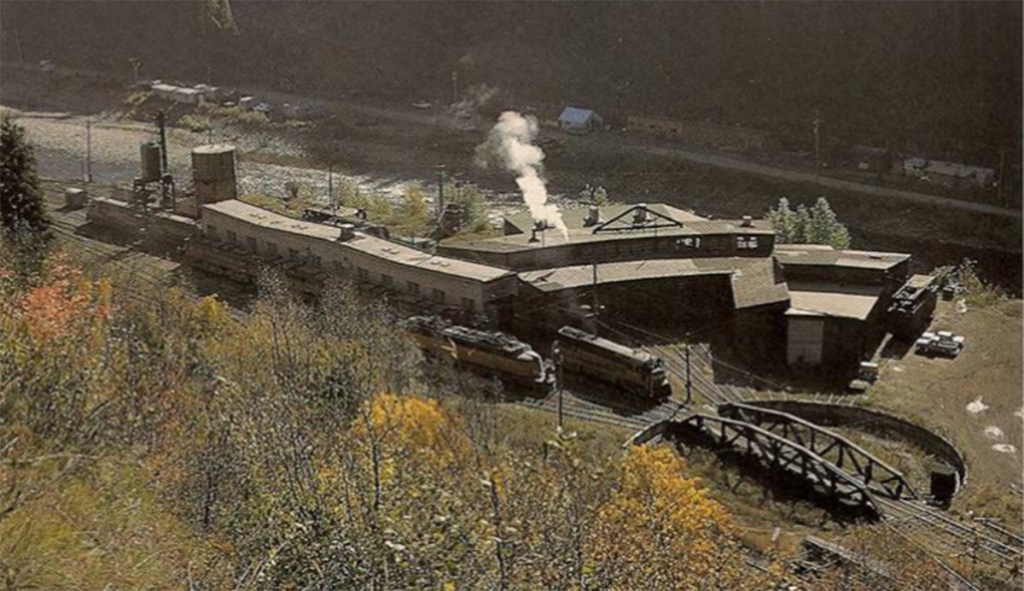
Most railroad roundhouses were round, thus the name, duh!. However, here in Avery, Idaho we have a unique design dictated by geography. The narrow valley, with the robust St Joe River immediately behind, made for this unusual building. Avery was where helper engines were added to assist trains over St Paul Pass, crossing the Bitterroot Mountains into Western Montana. A two-mile tunnel was dug under the summit. The history of that event is recorded in the book: Doctors, Dogs and Dynamite. A good read.
Avery became a key terminal for the Milwaukee Road with crew and engine changes. 440 miles of electrified operations from central Montana ended here. Westward trains switched to steam, and more recently diesel locomotives. The line from Othello in Central Washington to Tacoma and Seattle was also electrified. Monday morning QBs say the 216 mile gap was one of the downfalls for the Milwaukee. Either way, for 71 years the Milwaukee Road provided “spirited” competition to the NP, GN and UP.
The Milwaukee was the last kid on the block, in its westward venture, necessitating two important facets. First, the railroad had fewer choices in selecting routes, particularly through mountainous areas; and second, they rose to that challenge by constructing the most direct, and subsequently the fastest route from Chicago to Tacoma. In their heyday, the Milwaukee Road ran freight trains from the windy city to the coast in 55 hours. Amtrak could only wish.
Credits: Photo by Bruce Black as seen in Frederick W. Hyde’s book: The Milwaukee Road – Gary Ostlund
